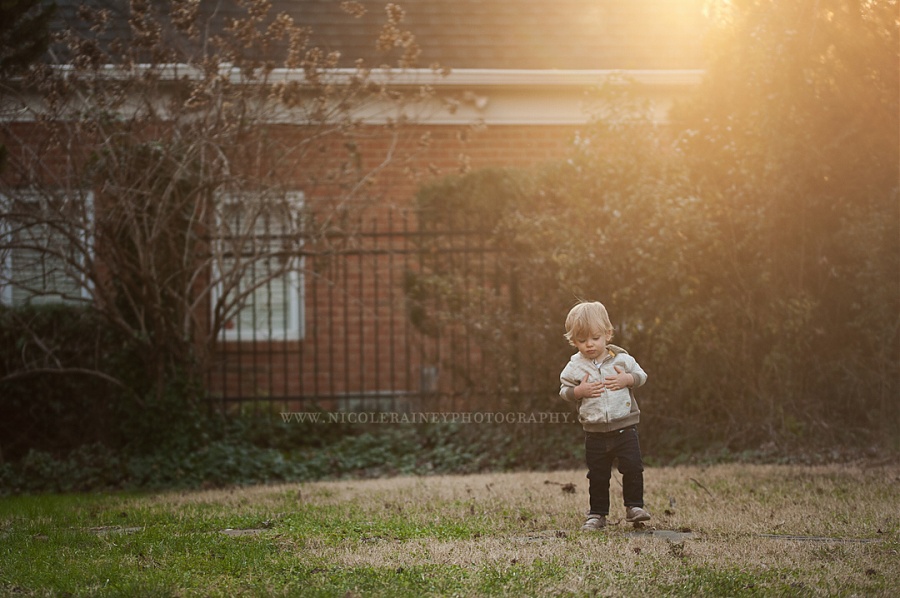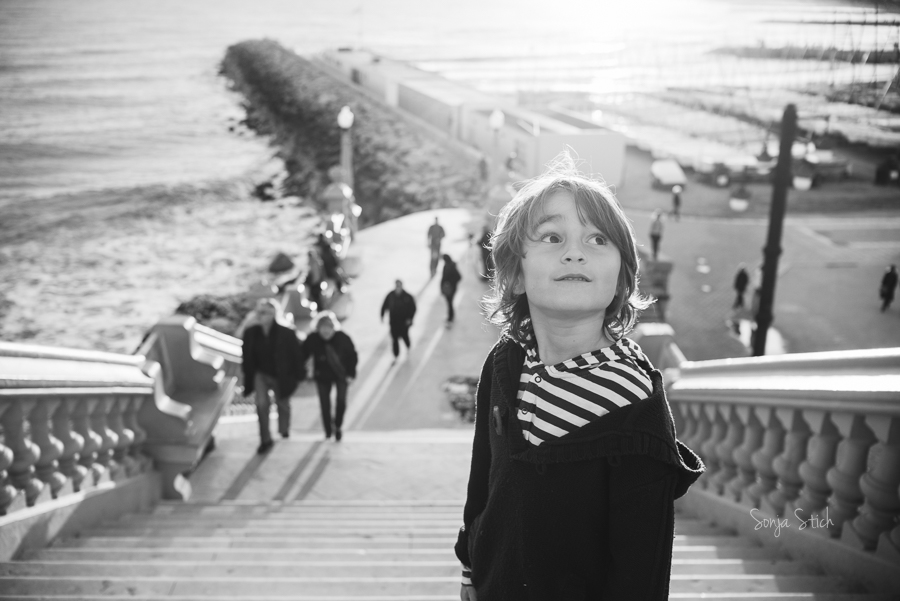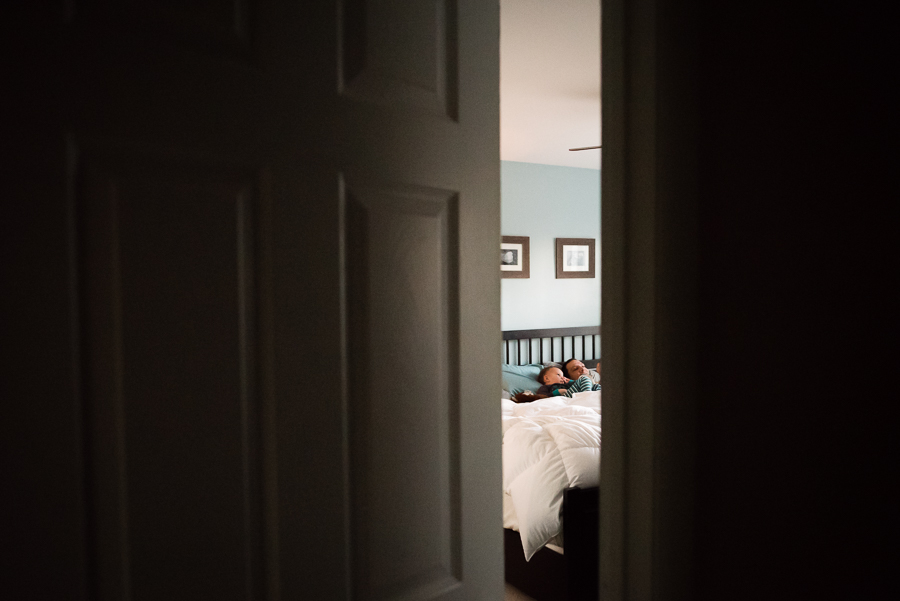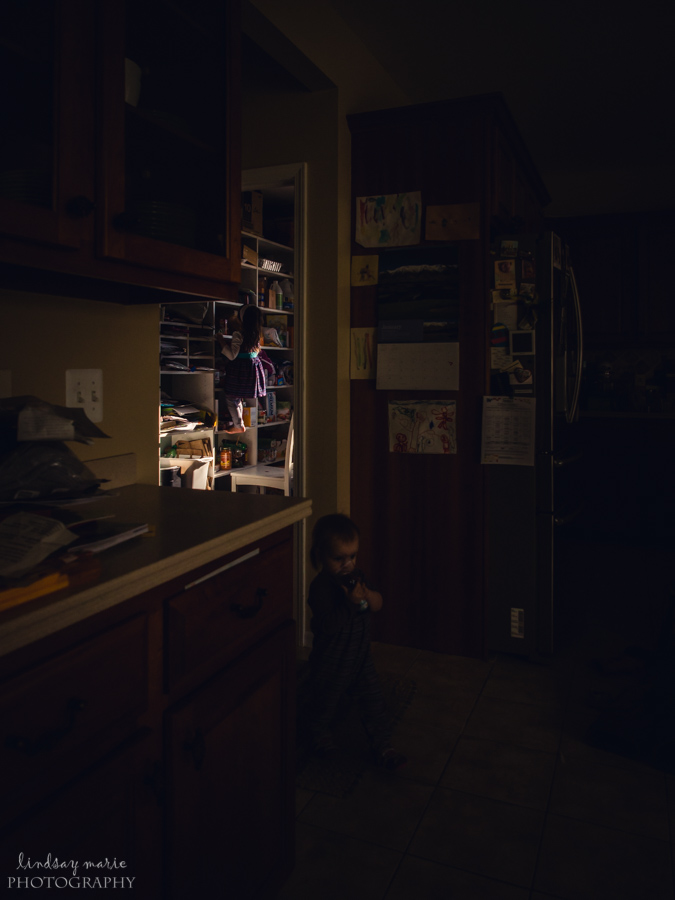When we think of shooting tips for new photographers, a few pieces of advice come to mind, and common among them are these:
- Get closer.
- Simplify your frame.
The suggestions are good ones, and they tend to go together well: the very act of coming in closer helps to simplify the composition, because it allows our main subject to fill a larger area of the frame. As artists, this approach can help us to work more deliberately by forcing us to identify the element or elements that are most important to us. We don’t just ask, “what is the subject?” We ask: “what is the best, most interesting, most important PART of this subject?” (Hint: It might be a face, but it definitely doesn’t have to be.) Get closer. Cut out everything non-essential. Fill the frame. Simplify. When you do this, your intended subject becomes more prominent and showcases rich details that we might not have noticed in a wider composition. There’s a lot to love about a closely composed photograph.
For this creativity exercise, however, we are pushing things the opposite way: rather simplifying, let’s see how much complexity, how many layers, how much busyness we can introduce before intention slips away and chaos takes over. For this exercise, it will help if you shoot in a space where you have some room to move around.
Here’s the approach:
1. Get Your Shot.
Start by shooting your subject or scene as you’d normally approach it. Capture a photo that feels comfortable and true to your typical style (which may or may not be close-up or minimalist in composition).
2. Add an Element.
After you’ve captured the photo you originally envisioned, recompose your image to add an additional element to your frame. This will most likely require you to back up, zoom out, or even switch to a wider angle lens.

Sarah Keene

Nikki Rainey

Katy Bindels

Hannah Fenstermacher

Kerry Lee
3. Add Another Element.
Take another step (or two) back, switch lenses, or otherwise readjust to add at least one more new element to the photo. Pay attention not only to how you might add more elements to the four edges of the frame, but also how there are opportunities to incorporate elements that appear between your subject and the lens as you widen your field of view. This might mean crouching down, shifting left or right, or getting up higher!

Kristen D’Urso

Sonja Stich

Elizabeth Willson

Marian Diop

Nicole Sanchez
4. Repeat. (Again. And Again.)
Take another step back. How far back can you go? How many elements can you add before the photograph begins to feel chaotic or unintentional?

Kristin Dokoza

Lindsay Beros

Fran Jorgensen

Marian Diop

Sarah Hodges
5. Go Beyond the Breaking Point.
When you reach the point at which it all gives way to disarray, consider whether your photo might be in a transitional state between “just enough” and something even more powerful. Before you decide you’ve gone too far, go just a bit further (a few more steps back, or even outside the walls of the room/house or boundaries of the setting) to fully explore whether a few more layers or elements might in fact pull it all together.

Claudia C Hagan

Merja Varkemaa Schneider

Tetyana Gumenyek

Erica Caligiuri
The opportunities will vary by the scenes and settings in which you are working, but here are some items to consider as you add more and more to your composition:
- Can you add interesting elements to all four edges of the composition? Can the elements themselves be part of the “frame” around your main subject?
- How many foreground layers can you add between your subject and your lens? Can you use these layers to frame or even obscure your subject in an interesting way?
- Does your story or primary subject seem to change as more elements are introduced? Are there opportunities to showcase multiple stories or multiple subjects within your frame?
- Do you need to change your settings to account for the new composition? Would greater (or less) depth of field produce a stronger image? Is there any movement within your frame, especially if you are in a setting in which subjects pass in and out while you are shooting? If so, would slowing down (or speeding up) your shutter speed change the photo creatively?
Show us your original and the image in which you’ve pushed the scene’s layers, complexity, and web of subjects as far as you feel they can go (the last “good” shot before the composition becomes undesirably convoluted).
What’s the best way to improve your photography? Shoot thoughtfully and frequently! Try new things and embrace creative and technical challenges. Every month, Sarah Wilkerson posts a new tutorial and challenges our members to join in a new Creativity Exercise on the Clickin Moms photography forum. At the conclusion of the exercise, we select Editors’ Choice images from among the exercise submissions and share them here with you on the blog. Congratulations to the ladies whose photographs included in the exercise above were selected as this month’s Editors’ Choices, and thank you to everyone who participated in the exercise!

And be sure to participate in the next exercise! Become a Clickin Moms member (if you aren’t one already!), and join us over on the forum where Sarah has posted “5 Steps to Producing a Powerful Photography Series” We’d love to see your work!
Sign up for your membership subscription today!
 Sarah Wilkerson, New York
Sarah Wilkerson, New York
CEO | Click Photo School Instructor
website | facebook | twitter | pinterest | instagram
Duke graduate and former attorney Sarah Wilkerson joined Clickin Moms as a member photographer in 2008 and quickly became a leader in the community. Together with Kendra, Sarah has led the evolution of the company’s mission, program development, and position within the greater photography community. She currently resides in New York with her Army JAG husband, three sons, one daughter, and two dogs. Sarah shoots with a Nikon D4, enjoys tilt-shift and atmospheric black and white work, and instructs CPS’s upper level composition courses: Elements of Design and Composition and Creativity.
Read all photography tutorials by Sarah Wilkerson.
The post 5 Steps to Adding Depth and Complexity to Your Photos appeared first on Clickin Moms.







